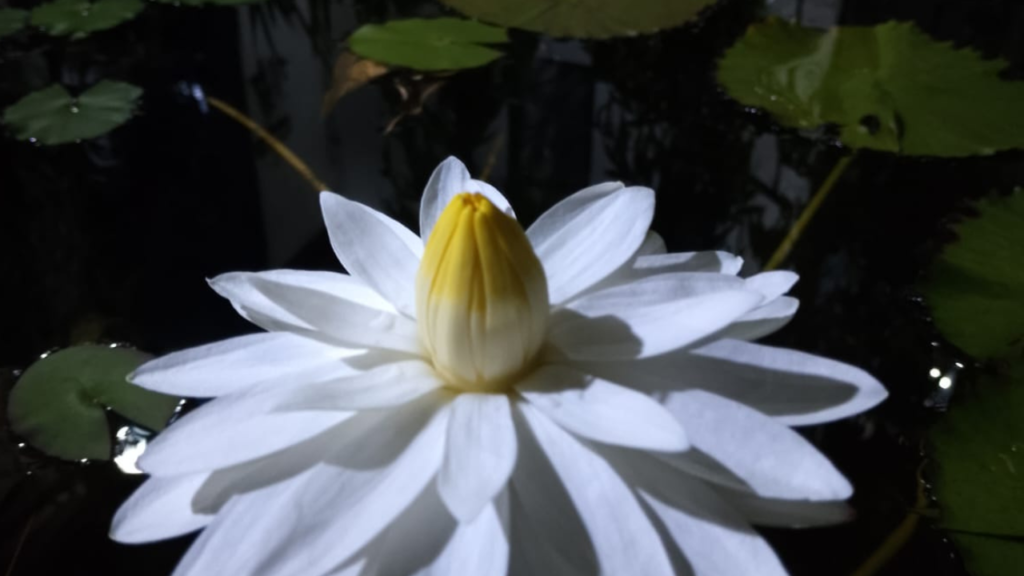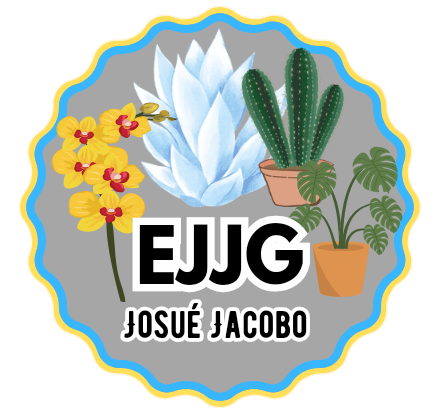The Nymphaea Lotus, also commonly known as the “Egyptian lotus,” is a floating aquatic plant that belongs to the Nymphaeaceae family and is notable for its large, round leaves that float on the surface of the water and its fragrant flowers that bloom above the water.
Distribution:
It is endemic to various parts of East Africa including: Egypt, Botswana, Madagascar, Malawi, Mozambique, Zambia, Zimbabwe, and is also believed to be native to southwest Asia.
Habitat:
Generally the Nymphaea Lotus thrives in regions that are warm, tropical and also subtropical, in bodies of fresh water. It can be found in still or slow-moving waters such as ponds, lakes, or swamps that are shallow. They like the water to have a lot of organic matter and to be slightly acidic. Nymphaea lotus grows in shallow water, usually no more than 1.5 meters (5 feet) deep.
Description:
The leaves are large, round and float on the surface of the water. They are usually green, sometimes with a slightly reddish or purplish tone on the underside of the leaves. The edges of the leaves are usually slightly serrated. It is a perennial plant that grows up to 45 cm (18 in) tall. The plant has a rhizomatous root system, which anchors it in the muddy or sandy substrate of the body of water. The rhizomes are thick and fleshy, as they help store nutrients for the plant.
Flowers:
The flowers of Nymphaea lotus are large, with a diameter that varies between 15 and 30 centimeters, which makes them quite prominent on the surface of the water. Mostly, the flowers of this Nenufar are white, although some varieties may display pale shades of pink or yellow. The white color is the most common and is what gives rise to the common name of the plant, “white lotus” or “white water lily.” The flowers have multiple layers of petals arranged radially. The petals are long and slightly pointed, giving the flower a symmetrical and elegant appearance. An important characteristic of this plant is undoubtedly that it blooms at night and closes its flower in the morning.

Reproduction:
This plant can be reproduced either with seeds or by dividing rhizomes, follow these steps for each one: By Seeds: In order to reproduce we must obtain the seeds of Nymphaea lotus, these can be obtained by purchasing them or if you already have a plant you will need it to be pollinated by insects, it must be taken into account that once dried the flowers close and sink below the surface of the water, where the seeds mature. Once the seeds are ripe, the flower disintegrates and releases the seeds into the water. Seeds are floating and can move to new locations. Eventually, they sink to the bottom, where they can germinate and give rise to new plants. By rhizome division: Gardeners and aquarists often use rhizome division to propagate Nymphaea lotus. By carefully cutting sections of the rhizome with roots and shoots attached, new plants can be grown and transplanted to different locations, thus obtaining new plants.
Crop:
Growing Nymphaea lotus can be medium to difficult in growing difficulty, but with the right conditions and attentive care, it is a plant that can thrive.
Water:
In Ponds:
It is essential to maintain the water level in the pond so that the Nymphaea lotus leaves float on the surface and the roots are submerged. The ideal depth is between 40 cm and 1.5 meters, depending on the size of the pond and the plant. To maintain water quality, it is advisable to perform periodic partial water exchanges, especially in small ponds, to avoid the accumulation of excess nutrients and the growth of algae. In hot climates, pond water can evaporate quickly, so it is important to refill the pond regularly to maintain the proper level.
In Aquariums:
In aquariums, it is important to perform regular water changes, generally 20-30% each week, to keep the water clean and avoid the accumulation of waste that could affect the health of our plant.
Ph of water:
The water should be soft and slightly acidic to neutral, with a pH between 5.0 and 7.5. It is essential to keep these parameters stable so that the Nymphaea lotus grows well and healthy.
Lightning:
Sunlight: Nymphaea lotus prefers to be in areas where it receives plenty of direct sunlight for most of the day. Ideally, it should receive between 6 and 8 hours of sun per day. Direct sunlight promotes vigorous growth and abundant flowering. If we reduce the amount of sun to less than this (6 – 8 hrs) or put it in the shade, it will also reduce the number of flowers it produces and cause slower growth. Artificial Light: In an aquarium, intense artificial lighting is needed to mimic natural conditions. The light must be of high intensity to penetrate the water and reach the submerged and floating leaves. It is recommended that the light be on between 8 and 12 hours a day, simulating the natural day and night cycle.
Temperature:
Since this plant is native to tropical places, the ideal temperature is between 21°C and 27°C, it should not be exposed to temperatures lower than 16°C.

![]()

